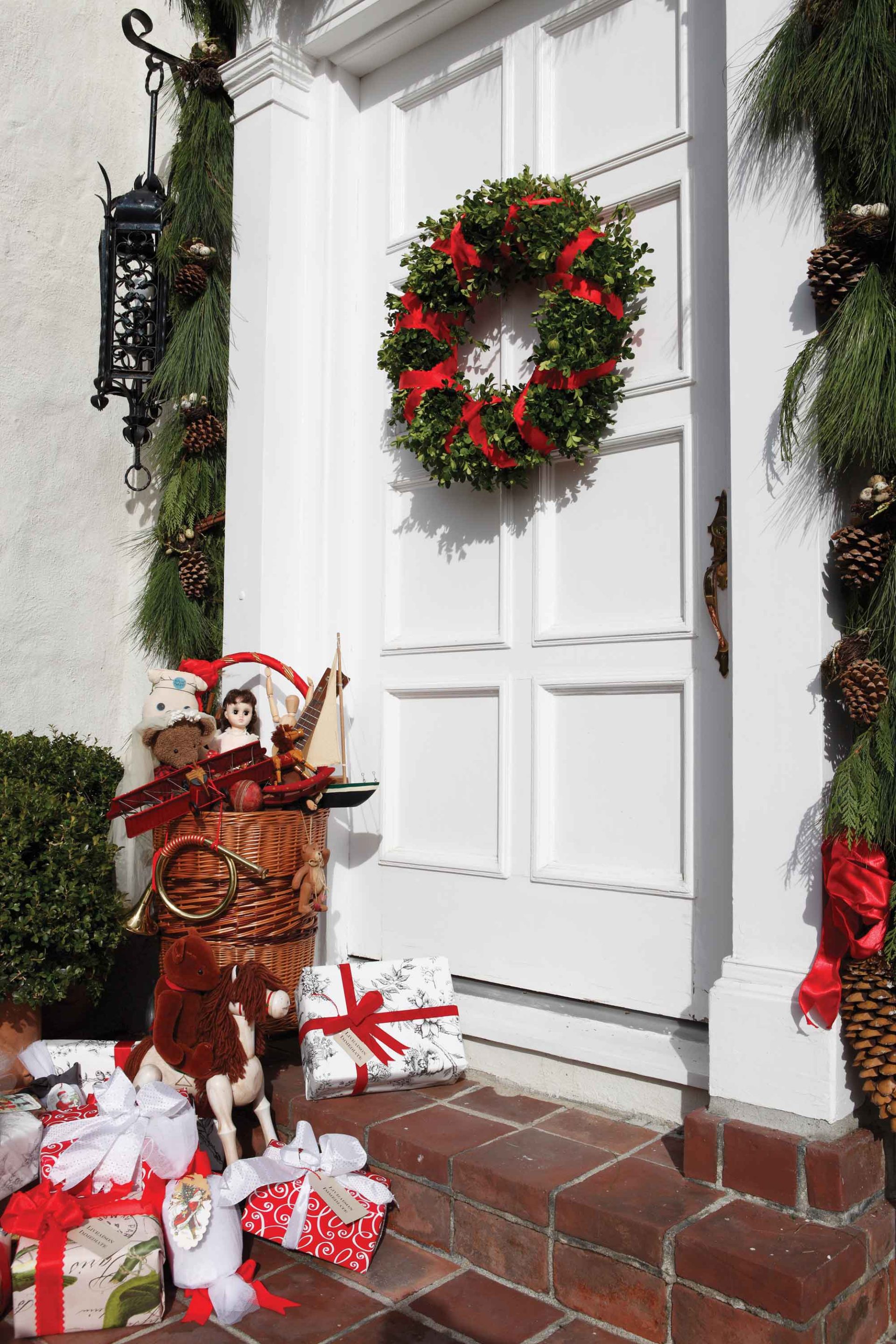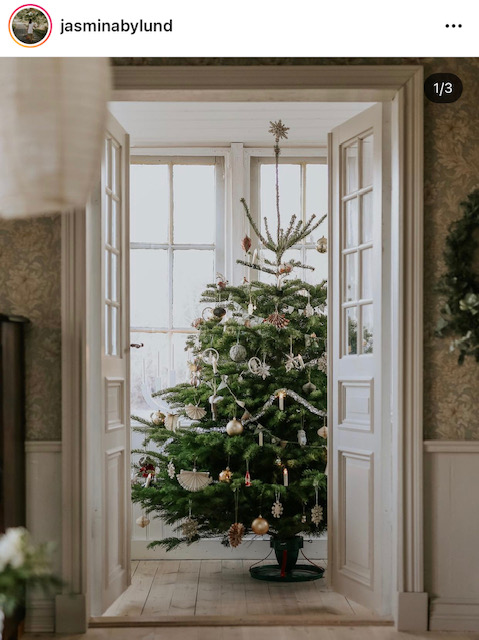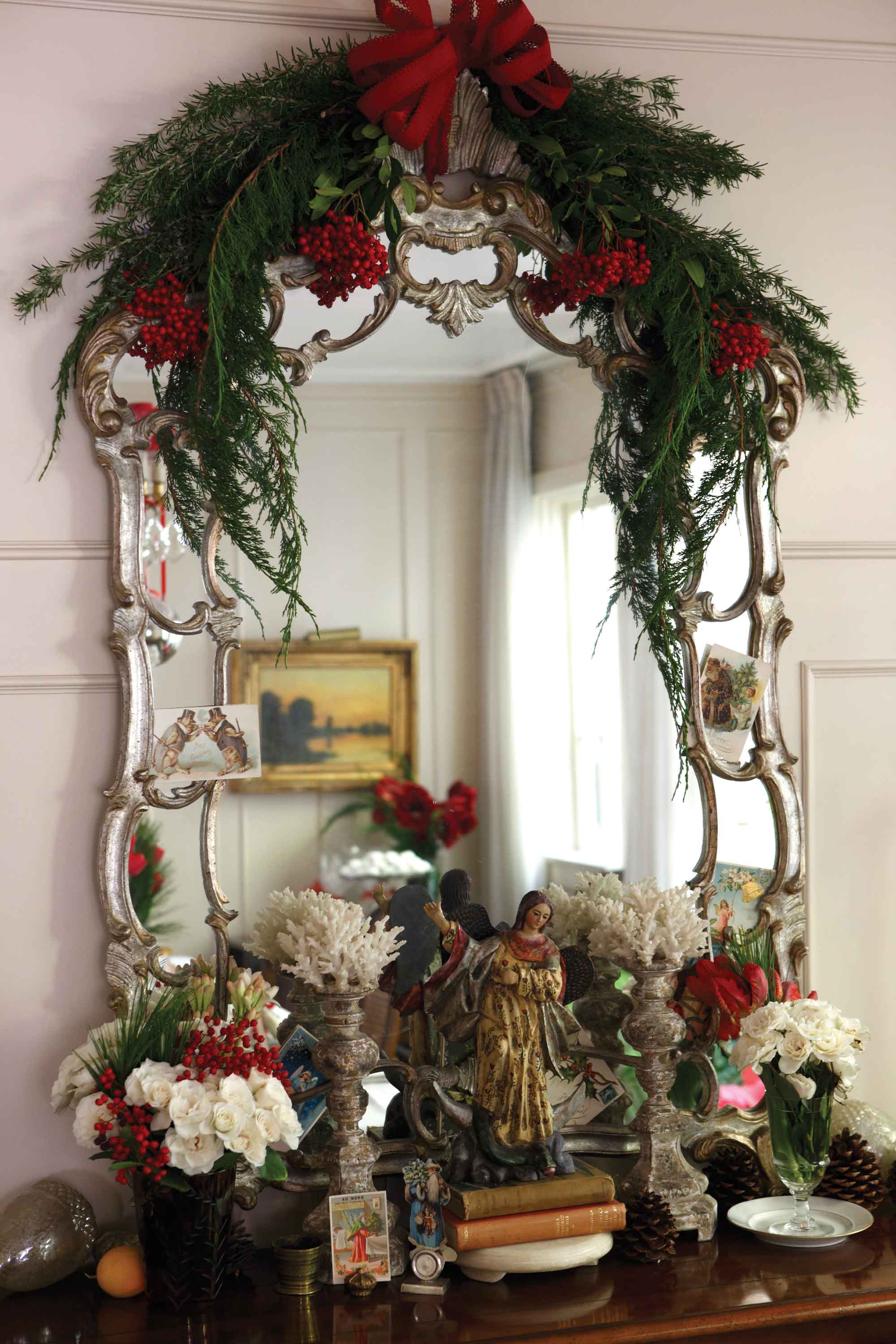Christmas is a magical time of the year, and the way we decorate our spaces plays a significant role in creating that festive atmosphere. In Europe, each country has its own unique traditions, styles, and materials that influence Christmas decorations. This article will take you on a delightful journey through the enchanting world of European Christmas decorations, sharing personal experiences, tips, and insights to help you bring a touch of European charm into your home this festive season.
The History of Christmas Decorations in Europe
The history of Christmas decorations in Europe is as rich and diverse as the cultures that inhabit the continent. From the early days of holly and ivy to the extravagant displays we see today, the evolution of Christmas decorations reflects the changing times and traditions of the people. In this section, we’ll explore how Christmas decorations have transformed over the centuries.
Early Traditions: Nature’s Touch
In the Middle Ages, people began decorating their homes with natural elements. Evergreen branches, holly, and mistletoe were used to symbolize eternal life and the hope of new beginnings. The tradition was simple yet meaningful, allowing families to connect with nature during the cold winter months.
The Influence of Christianity
As Christianity spread, many Christmas traditions began to incorporate religious elements. The Christmas tree, originating from Germany, became a central symbol of the holiday. In many households, it was adorned with candles, representing Christ as the light of the world.
The Victorian Era: A Turning Point
The Victorian Era marked a significant turning point in Christmas decorations. The publication of A Christmas Carol by Charles Dickens and the introduction of Christmas cards brought a renewed focus on family and togetherness. Homes began to be decorated with more elaborate ornaments, including glass baubles and tinsel.
Regional Styles of Christmas Decorations in Europe
Each European country has its distinct style of Christmas decorations, often reflecting the culture and traditions of the region. Here, we’ll delve into some of the most enchanting styles from various countries.
Germany: The Heart of Christmas Tradition
Germany is renowned for its Christmas markets and rich traditions. The Christmas tree, or Tannenbaum, is a staple in every German household, adorned with handmade ornaments, candles, and edible treats like gingerbread and marzipan.
Popular Decorations
- Handcrafted wooden ornaments
- Starlit candle holders
- Traditional nutcrackers and smokers

Italy: A Feast of Colors and Symbols
In Italy, Christmas decorations are vibrant and deeply symbolic. The nativity scene, or presepe, is a beloved tradition, often elaborately arranged with figurines that represent the Holy Family along with local characters.
Common Italian Decorations
- Nativity scenes with local flair
- Decorative lights and garlands
- Festive table settings with traditional foods
France: Elegance and Sophistication
The French style is synonymous with elegance. Christmas decorations often feature chic designs and sophisticated color palettes, focusing on metallic hues, delicate ornaments, and exquisite table settings for festive gatherings.
French Decoration Highlights
- Glittering baubles and sequined fabrics
- Elegant centerpieces
- Fresh greenery and floral arrangements

United Kingdom: Nostalgia in Every Detail
The UK brings a sense of nostalgia to Christmas decorations. From the classic red and green color scheme to the tradition of hanging stockings by the fireplace, British Christmas decor is both charming and heartfelt.
Key British Decorations
- Handmade decorations and ornaments
- Traditional wreaths and mistletoe
- Fairy lights and candles
Unique Materials and Crafts in European Christmas Decorations
European Christmas decorations often feature specific materials and crafts that enhance their beauty and significance. Let’s explore some of the most popular materials used in crafting these decorations.

Glass Ornaments: A Timeless Classic
Glass ornaments are iconic in many European countries, particularly in Germany and Poland. These delicate decorations are often handcrafted, showcasing intricate designs and vibrant colors.
Wooden Decorations: Rustic Charm
Wooden decorations, such as nutcrackers and carved figurines, are prevalent in Germany and Scandinavia. They add a rustic charm to Christmas decor and often reflect local folklore and traditions.

Textiles: Cozy and Festive
Textile decorations, including embroidered stockings and festive tablecloths, play a significant role in European Christmas decor. Countries like Italy and France emphasize elegant fabrics that create a warm and inviting atmosphere.
How to Incorporate European Christmas Decor into Your Home
Bringing a taste of Europe into your home doesn’t have to be daunting. Here are some tips to help you seamlessly incorporate European Christmas decorations into your festive setup.
Choose a Theme
Begin by choosing a theme that resonates with you. Whether it’s rustic German charm, elegant French sophistication, or colorful Italian festivities, having a theme will guide your decorating choices.

Mix and Match Styles
Feel free to mix and match styles from various European countries to create a unique and personal touch. Combining elements from different cultures can produce a beautiful and eclectic display.
Use Natural Elements
Incorporating natural elements like evergreen branches, pinecones, and dried fruits can evoke the essence of traditional European decorations and add an organic touch to your home.

DIY Decorations
Creating your decorations can be a fun family activity. Consider making handcrafted ornaments, wreaths, or centerpieces inspired by European styles.
Pros and Cons of European Christmas Decor
As with any decorating style, there are pros and cons to consider. Here’s a quick breakdown:
| Pros | Cons |
|---|---|
| Rich in tradition and culture | Can be expensive if using authentic materials |
| Unique and diverse styles | May require specific sourcing for certain items |
| Encourages creativity and personalization | Some elements may not suit modern aesthetics |
Personal Experience: My Journey with European Christmas Decorations
Growing up, my family had a tradition of exploring various Christmas markets across Europe. Each year, we would visit Germany, indulging in the festive spirit with mulled wine, gingerbread, and stunning decorations. I fondly remember the warmth and joy that filled the air as we marveled at the beautifully adorned Christmas trees and handcrafted ornaments. This experience sparked my passion for European Christmas decorations, inspiring me to incorporate these elements into my home.
One year, I decided to host a Christmas gathering inspired by the German tradition of Advent. I crafted an Advent wreath adorned with evergreen, candles, and handmade ornaments. This simple yet meaningful decoration created a warm atmosphere and allowed my guests to share in the festive cheer.
Frequently Asked Questions (FAQs)
What are the most popular Christmas decorations in Europe?
Popular Christmas decorations vary by country but generally include Christmas trees, nativity scenes, handcrafted ornaments, and festive lights.
How can I create a European-style Christmas in my home?
To create a European-style Christmas, choose a specific theme, incorporate natural elements, mix styles from different countries, and consider DIY decor options.
Are there specific colors associated with European Christmas decor?
Colors vary by region; however, common themes include red and green in the UK, gold and silver in France, and rich colors in Italy, often accented with natural tones.
Where can I find authentic European Christmas decorations?
Authentic decorations can often be found at local Christmas markets, specialty shops, and online retailers that focus on handcrafted items from specific countries.
What DIY projects can I try for European Christmas decorations?
Consider creating homemade ornaments, festive wreaths, or personalized table settings inspired by the beautiful styles seen throughout Europe.